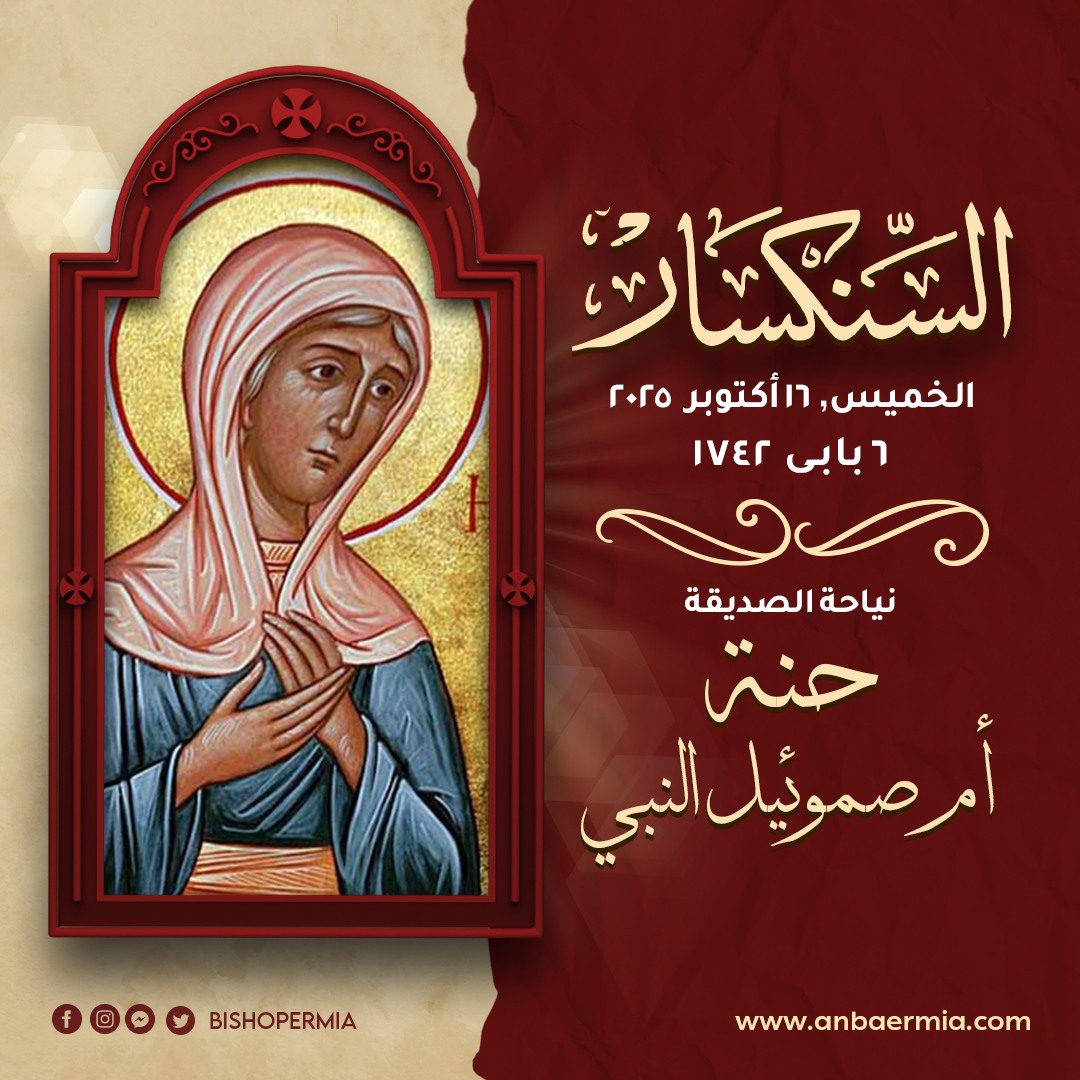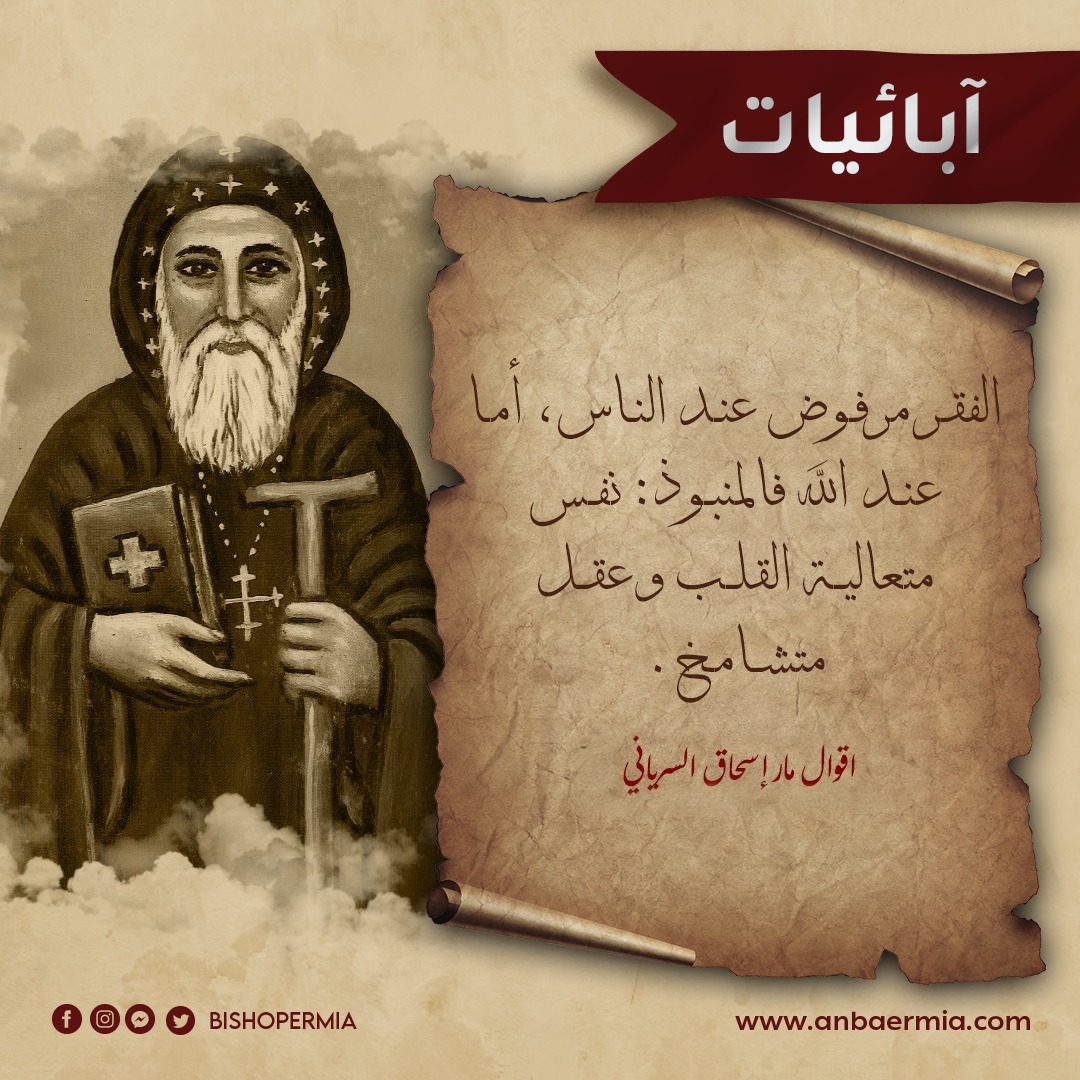The previous article talked about the captivity of Jerusalem (Al-Quds) at the hands of Nebuchadnezzar, king of Babylon, who brought to his palace faultless young men, descendants of the king, and honorable people to work for him. It came to pass that the temple, the king’s house, and all the houses of the great men were burned, and the walls of the city were torn down and destroyed. Those who remained alive decided to seek refuge in Egypt, taking with them Prophet Jeremiah, who was martyred there. After seventy years of captivity, King Cyrus of Persia issued a decree granting the captivated Jews the right to return to their country and build the House of the Lord in Jerusalem.
The First Return (538 BC)
When King Cyrus of Persia allowed the Jews to return to Jerusalem to build the House of the Lord, he urged a number of senior Jews, priests, and Levites (servants of the House of the Lord) to quickly return to Jerusalem and build the Temple again, and he ordered donations for those returning to Jerusalem, led by Sheshbazzar (Zerubbabel), in addition to the temple vessels offered by King Cyrus: “Then the heads of the fathers’ houses of Judah and Benjamin, and the priests and the Levites, with all whose spirits God had moved, arose to go up and build the house of the Lord which is in Jerusalem. And all those who were around them encouraged them with articles of silver and gold, with goods and livestock, and with precious things, besides all that was willingly offered. King Cyrus also brought out the articles of the house of the Lord, which Nebuchadnezzar had taken from Jerusalem and put in the temple of his gods; and Cyrus king of Persia brought them out by the hand of Mithredath the treasurer, and counted them out to Sheshbazzar the prince of Judah.” (Ezra 1:5-8). The number of returnees has exceeded 42 thousand. As soon as the returnees arrived in Jerusalem, they began laying a foundation for the temple, but they were subjected to conspiracies and tricks several times to stop the construction of the temple, but it was completed after nearly twenty years. The return of the Jews to Jerusalem was only a return from captivity without having a king, as they remained under the rule of the King of Persia who appointed a governor over them.
The Second Return (458 BC)
The captivated returned for the second time led by Ezra the Priest, and more than 1,700 people returned with him. Ezra was interested in teaching the law to the people returning after a long period of captivity, and in collecting and arranging the books of the Bible.
The Third Return (445/444 BC)
This group of returnees was led by Prophet Nehemiah, and their number was unknown. King Artaxerxes allowed Nehemiah to build the collapsed wall of Jerusalem. It was built in 52 days, although it was hindered with opposition. Jerusalem regained its immunity after nearly 142 years of its devastation.
After the Jews returned from captivity, built the Jerusalem Temple, and erected its wall, history does not provide sufficient information about it for nearly a century. Then comes the mention of Palestine approximately in 332 BC when Alexander the Great entered it. After his death, it fell between the rule of the Ptolemies in Egypt and the Seleucids in Antioch.
Jerusalem and the Ptolemies
In 321 BC, the Ruler Ptolemy Soter invaded Palestine, seized Jerusalem, captured a large number of Jews, and brought them to Egypt, where they lived. Jerusalem remained far from turmoil during that era. In 217 BC, Ptolemy IV (Philopator) visited the Temple of Jerusalem after his victory over Antiochus III in the Battle of Raphia. He tried to enter the Holy of Holies of the Temple – which only the high priest could enter once a year according to the law of Prophet Moses – but he failed and returned to Alexandria while he was extremely angry with the Jews.
Stories about Jerusalem are to be continued… and stories about beautiful Egypt never end!
The General Bishop
Head of the Coptic Orthodox Cultural Center









